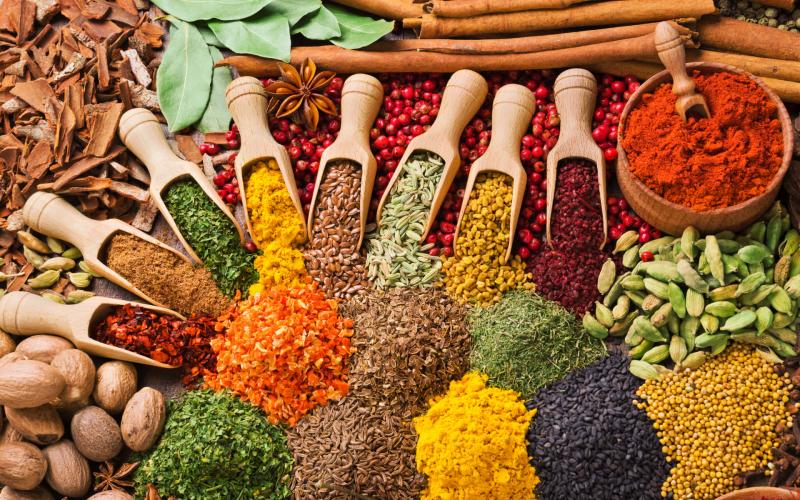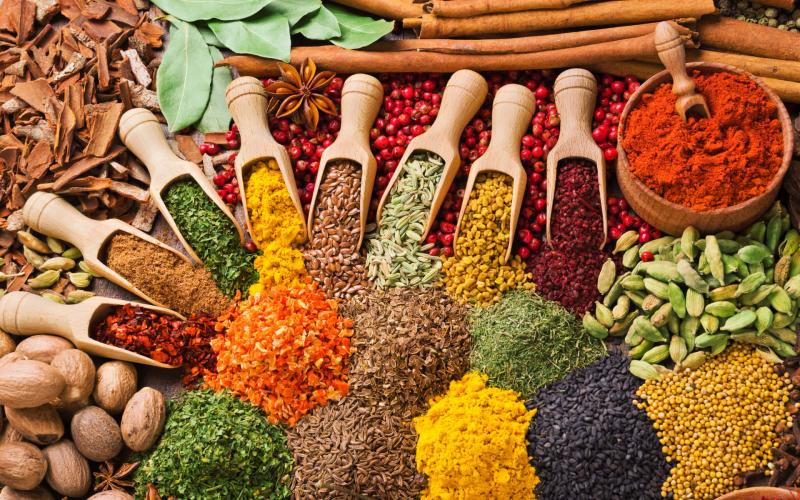
The global organic spice market share analysis is experiencing a significant surge, fueled by an escalating consumer demand for natural, healthy, and sustainably sourced products. Projected to reach a remarkable USD 11.3 billion in 2025, the market is anticipated to continue its robust expansion, exhibiting a Compound Annual Growth Rate (CAGR) of 4.5% from 2025 to 2035. This growth underscores a fundamental shift in consumer preferences towards cleaner, greener culinary choices and a broader commitment to environmental responsibility.
The primary catalyst for this impressive growth is the heightened health consciousness among consumers. Increasingly, individuals are opting for organic spices due to their perceived purity and numerous health benefits over conventional alternatives. Corporations are actively responding to this trend by expanding their product assortments to include a diverse array of organic spices such as turmeric, cumin, coriander, and chili, catering to the evolving needs of their customer base.
Beyond individual health, the market's expansion is also significantly influenced by a growing understanding and adoption of environmentally friendly agricultural practices. Consumers are increasingly seeking products made through organic processes, aligning with a global push towards sustainable and ethical sourcing.
Competitive Landscape: A Dynamic Mix of Giants and Innovators
The organic spice market, characterized by monopolistic competition, presents a fragmented landscape where large multinational corporations and agile regional companies vie for market share. Industry leaders like McCormick & Company, Olam Group, and The Spice Hunter currently command a substantial 15-25% of the total market. Their dominance is attributed to well-established branding, expansive product ranges, and robust global distribution networks. While organic-focused brands and smaller providers hold smaller individual shares, the burgeoning demand for organic and sustainable spice products is fostering intensified competition, creating opportunities for specialized players.
Key Drivers Propelling Market Growth:
• Increase in Organic Farming Practices: A significant driver is the growing adoption of sustainable organic farming. Companies like Olam Group are actively supporting organic farming initiatives in regions such as India and Sri Lanka, ensuring a consistent supply of high-quality organic spices.
• Health and Wellness Trends: The palpable interest of health-conscious consumers in organic spices, driven by their natural health benefits, continues to rise. Spices renowned for properties such as anti-inflammation and antioxidants (e.g., turmeric, ginger, black pepper) are particularly popular, a trend leveraged by brands like The Spice Hunter.
• Increasing Interest in Ethnic and Gourmet Cooking: The global culinary landscape is witnessing a surge in ethnic and gourmet cooking, boosting demand for a wider variety of organic spices. Cardamom, for instance, has gained considerable popularity. Brands such as Simply Organic are strategically offering organic versions of these in-demand spices.
• Growth of the Organic Food Market: As the broader organic food market expands, organic spices are increasingly viewed as a premium product. The proliferation of organic certifications and the growing availability of organic spices in major retail chains like Whole Foods and Walmart are mainstreaming these products.
Market Segmentation and Concentration:
By product type, organic turmeric holds the largest market share, approximately 30%, driven by its growing reputation as a "super-spice" due to its anti-inflammatory properties. Brands like Simply Organic are capitalizing on this wellness trend by marketing high-quality organic turmeric powder.
In terms of distribution, retail outlets, including supermarkets, health food stores, and gourmet stores, account for nearly half (50%) of the organic spice market. Major retailers are pivotal in making organic spices accessible to a wider consumer base.
The market exhibits a medium concentration, with the top 10 players holding 40-60% of the market share. Tier 1 (top global players) like McCormick & Company, Olam Group, and Simply Organic account for 28% of the market, while Tier 2 (regional leaders) hold 32%, and Tier 3 (small-scale players) comprise 40%.
Strategic Initiatives Shaping the Market:
Leading companies are actively innovating and expanding:
• Product Development: McCormick has introduced a full range of certified organic seasoning mixes, responding to the demand for convenient, organic meal solutions.
• Strategic Expansion: Olam Group has expanded its organic spice sourcing operations in India, establishing new production facilities for turmeric and cumin.
• Eco-Friendly Initiatives: Simply Organic has launched a line of organic spices in 100% recyclable packaging, appealing to environmentally conscious consumers.
• Flavored Organic Spices: The Spice Hunter has diversified its offerings with organic, infused spices like garlic-infused and chili-infused blends.
• Fair Trade Certification: Frontier Co-op has enhanced its product range with fair trade certified spices, ensuring ethical sourcing.
• Partnerships for Sourcing: Organic India has established partnerships with local farmers in India to promote organic spice cultivation.
Future Outlook and Recommendations:
The organic spice market is poised for continued growth, driven by:
• Sustained demand for health-conscious products.
• The burgeoning e-commerce sector providing convenience and wider access.
• Innovation in flavored organic spice blends.
• Increased organic certification and transparency.
• Significant demand surge in emerging markets, particularly Asia-Pacific and Latin America.
• Ongoing popularity of medicinal and nutritional spices like turmeric and ginger.
Brands are recommended to:
• Develop and market health-conscious and functional organic spice products.
• Expand their e-commerce presence and direct-to-consumer channels.
• Emphasize sustainability through organic farming and recyclable packaging.
• Target emerging markets with high growth potential.
• Actively promote organic certifications to build consumer trust.
• Collaborate with foodservice providers to integrate organic spices into professional kitchens.
The organic spice market stands as a testament to evolving consumer values, where health, sustainability, and transparency are increasingly at the forefront of purchasing decisions. As the market matures, innovation, ethical practices, and strategic expansion will be key to unlocking its full potential.



